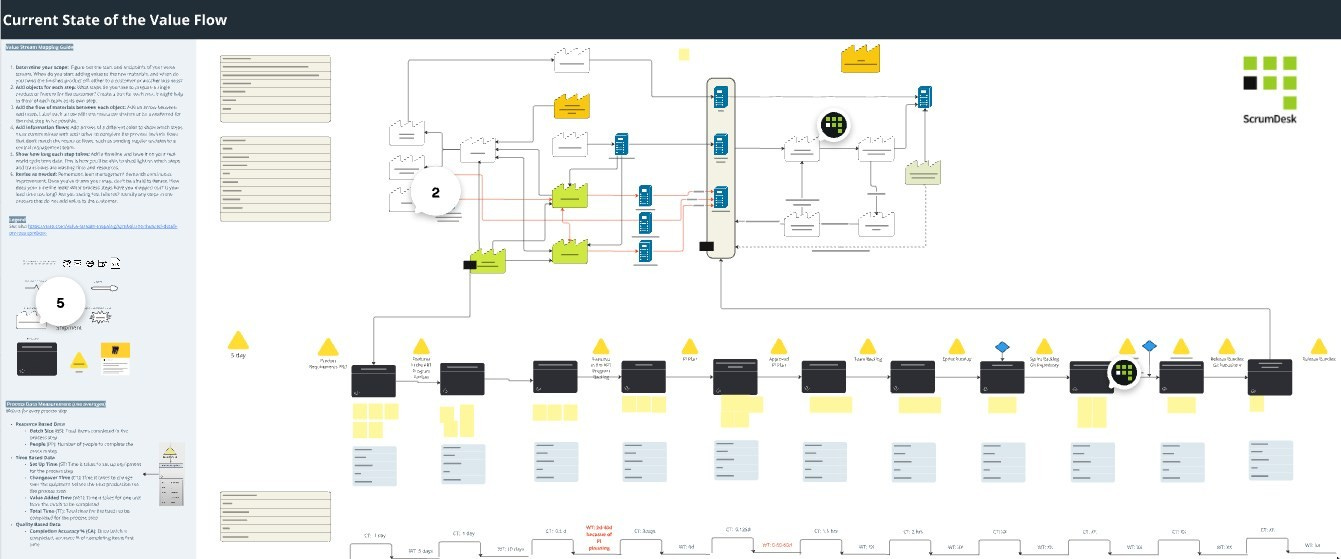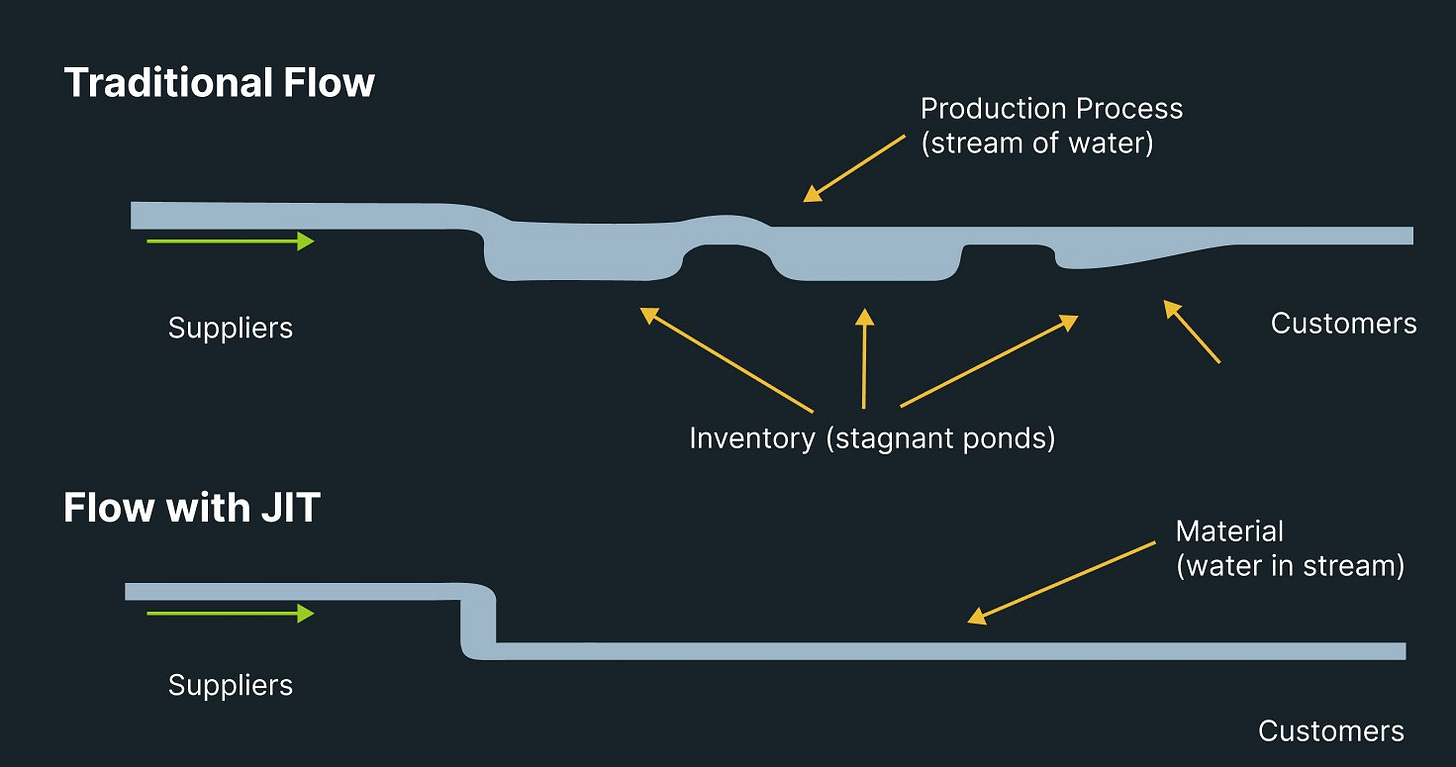Your company has implemented Agile. You have daily stand-ups, fill out JIRA, and do planning. Retrospectives have become more of a routine dance. You feel like time flies by. There’s little time left for actual work, and the number of meetings has increased. Despite all this, there’s dissatisfaction with the speed of delivering new solutions—only adding more pressure.
When I started promoting Agile in companies back in 2010, the most frequent question was whether Agile is the magic pill that would help the company deliver its products faster.
Even after 15 years, speed remains a key topic. Companies have (finally) come to understand other—arguably more important—benefits of Agile.
Still, the need to accelerate keeps multiplying every year. The technologies and practices that emerged over the last 15 years have complemented Agile approaches and enabled radical acceleration—if the company was able to apply them.
We’ve seen the rise of DevOps, new architectures like SaaS and PaaS, even Infrastructure as a Service. Automated testing, integration, deployment, and delivery. Today, cloud is the default choice for most new products. And now, we also have AI.
Agile is no longer limited to IT development teams—it extends to business and operations. Companies that have successfully connected these worlds with the help of Agile (yes, these principles can be applied across different domains) are the ones focusing on value, ideas, and innovation—not “meetings and JIRA tickets.”
The Concept of Flow
Flow, despite sounding abstract, is simply the journey and processing of an idea until it’s delivered to the customer.
Imagine a highway. A highway is a system built for fast, continuous delivery of value.
Flow is the overall process from the state of an idea, through realization, to its final delivery. Flow consists of steps through which the idea passes. These steps are represented by black rectangles in the diagram.

Each step transforms the idea:
-
using selected resources,
-
processing one or more components necessary for the idea (e.g. requirements, tests, deployment packages),
-
taking a certain amount of active time (when work is being done),
-
and including wait time at that step.
The individual steps in the process are interconnected. Flow can therefore also be visualized using a Lead Time diagram showing both active and inactive time spent on realizing a requirement.
Why Should We Care About Flow?
Understanding flow means understanding what slows down the delivery of desired value—with enough flexibility, speed, and cost efficiency. Flow is the foundation for designing the right company structure and business processes.
Although Agile primarily transforms the principles of development, Agile itself is based on Lean and lean manufacturing. Lean introduced the concept of flow and its optimization. A company is essentially a living organism. Its natural goal is to exist and to generate profit. To do that, it must operate efficiently—delivering “nutrients” to the right places quickly and effectively.

Synchronizing all parts of the production line allows the company to react, create, and deliver value quickly. In every company, at any time, there’s room to optimize the flow.
During different phases of the process, intermediate inventories can build up, making it harder and more expensive to shift production. The more variability in the product, the more we lose during changes and variations.
In some parts, the flow slows down. Downstream steps must then wait, which affects the company’s economics.
Other parts might run too fast, creating bottlenecks or inefficiencies elsewhere. This also leads to economic waste.
The ideal state is a balanced flow throughout the entire organization.
This minimizes inventory, allows fast delivery of ideas, enables continuous adaptability, and ensures we only engage the right number of people and resources to avoid waste from waiting—or from overload.
So, Is Flow Something Different From Agile?
Not at all. Agile principles and practices aim directly at improving flow.
That’s why Agile emphasizes more frequent collaboration—it leads to better results without late rework or delays. That’s why Agile insists on regular coordination. That’s why Agile demands high product quality—to avoid rework. That’s why Agile encourages business teams to submit requirements continuously. That’s why we want clarity on the strategy we’re aiming for. That’s why we want to deploy new features to production frequently—continuously and regularly.
A company that understands flow can deliver every single day.
Many of us are striving to deliver at least once per sprint—once every two weeks. In reality, over the last 10 years, the goal has been to deliver multiple times per day. And today, with the help of AI, it is (truly) possible to deliver continuously—every 3 to 5 minutes.
Failing to continuously optimize flow is no longer an option. Without focusing on flow, you won’t get the full benefits Agile naturally offers. Most importantly, you’ll continue to struggle with delivering new features, services, and products.
Invitation
That’s why we’ll be focusing on the topic of “Mastering the Flow” at the ScrumImpulz conference, held on May 14–15 at Hotel Senec, Slovakia.
Come to ScrumImpulz to experience first-hand how to work with flow during workshops, hear case studies from companies that embraced flow, and learn about current trends in flow optimization with Agile.

Interested in working with flow?
In the next articles, you’ll learn:
-
How to map your flow,
-
How to identify the right points for optimization,
-
How to measure them, and
-
How to optimize them.
